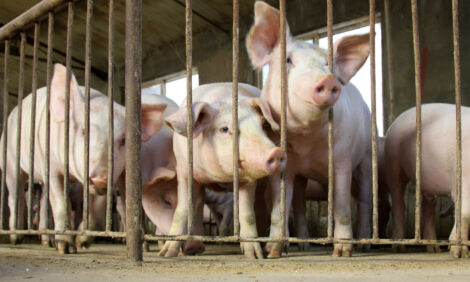



Researchers Look to Harness Pig Genomics to Select for Disease Resilience
CANADA - Researchers working on behalf of Swine Innovation Porc are attempting to harness use of genomics to enable allow swine breeders to select breeding stock that will be more resilient to disease, writes Bruce Cochrane.As part of research being conducted on behalf of Swine Innovation Porc, scientists are developing new tools to enable effective genomic selection for disease resilience.
Dr Graham Plastow, a professor with the University of Alberta and CEO of Livestock Gentec, says we often think of an animal that, no matter what you throw at it, it's going to be resistant to that challenge but, while that does exist, it's relatively hard to obtain so this project is focusing on disease resilience.
Dr Graham Plastow-University of Alberta:
What we mean by that is an animal may get sick, it may become infected by the pathogen whether it be a bacterial pathogen or a virus such as PRRS or PCV2 and, although it's infected and it shows all the sings of producing the virus or replicating the bacterium, the animal still continues to grow.
I sometimes say to people, it's as if the animal gets sick and goes to bed for 24 hours and then it gets up again and it's off and running.
Some people are like that and other people, it takes them longer to recover from an infection.
That's really what we're interested in is, how can we get a handle on this term resilience and be able to select for pigs that, when disease does come into production, that the animals are at least continuing to perform or at least performance is less badly affect.
Dr Plastow says disease resilience is a novel trait that's very difficult to measure and that's the potential for genomic selection, to be able to give us a tool that enables us to choose the best males and the best females and then go from there.
This project is scheduled to go to the end of 2017.







